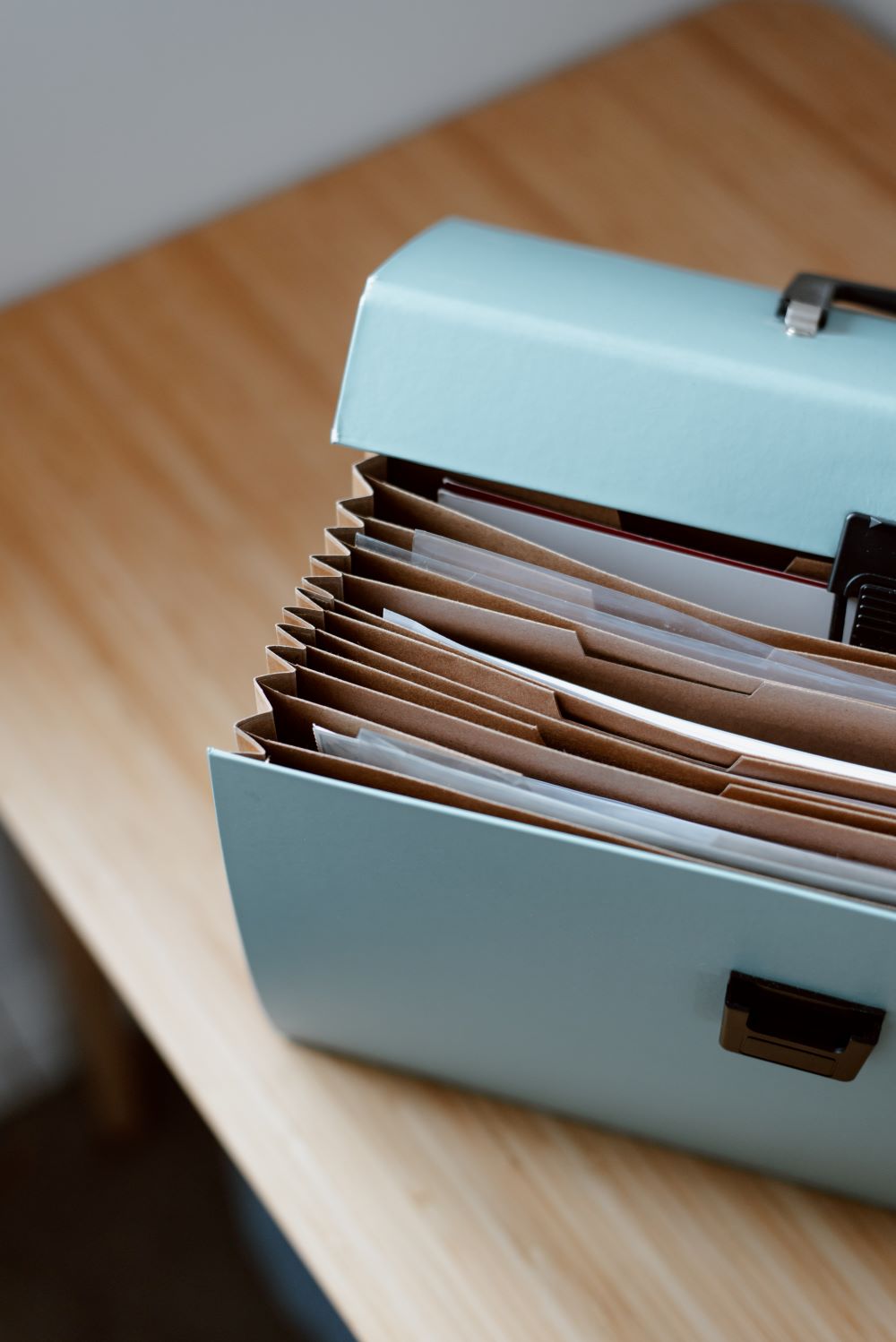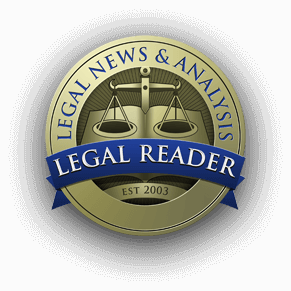Attorneys can also be invaluable resources in helping to guide you away from potential pitfalls such as providing recorded statements to insurance companies or accepting low settlement offers.
Accidents can have devastating repercussions. When injuries result, knowing how to best collect evidence after an incident can make all the difference when filing for compensation claims. Here are key steps to take to gather evidence after an accident occurs. Proper evidence collection performs as a fundamental step when you encounter automobile accidents or slip and fall occurrences or workplace injuries or other forms of personal injury cases. The following guide contains nine critical areas needed for discussion before protecting and strengthening both your rights and claim. By adhering to these steps, you can build an eloquent case which supports your version of events while increasing the possibility of receiving fair compensation.
1. Prioritize Safety and Seek Medical Attention
In any accident situation, safety must always come first. If anyone is hurt in an incident, emergency services must be called immediately and medical attention sought as soon as possible – even minor injuries like whiplash may not show symptoms right away but have serious long-term ramifications; prompt medical care ensures your injuries are properly diagnosed and treated quickly to preserve both health and legal proceedings.
Medical records can provide essential evidence in any personal injury claim. They serve to document your injuries; treatments received and establishes links between an accident and injuries sustained; for instance, if involved in car crash medical records may note bruises fractures and concussions as evidence for damages calculation purposes. Seeking medical care as soon as possible after injury should also form part of this evidence collection strategy and ultimately lay a solid basis for future lawsuits against negligent parties.
2. Document the Scene of an Accident
To provide evidence in court proceedings following an accident scene investigation, take photographs or videos using your smartphone camera from multiple perspectives of it using multiple lenses such as zoom. When documenting car crashes use photography to record vehicle positions, skid marks, damage and weather conditions. In slip and fall incidents capture any hazardous conditions such as wet floors or uneven pavement as well as taking close up shots of visible injuries such as cuts and bruises that you encounter at this scene.
Prepare an accurate account of what happened as soon as it occurs; include details like time, date, place and any factors which contributed to it. Documenting the scene provides one of the best methods of gathering evidence as it gives a record of conditions at the time of an accident.
3. Collect Witness Information
Witness accounts can provide useful unbiased accounts of what occurred, which can prove indispensable in establishing liability. Speak with anyone who saw an accident and ask for their name, number and statement regarding what they witnessed (for instance a car crash witness might see a driver run a red light or in slip and fall case they might notice hazardous conditions that had existed for an extended period).
Ask witnesses, if possible, to write out or record their statements with you using your mobile phone, to preserve their account accurately and use later as evidence if necessary. Collecting witness testimony is one of the key steps of evidence collection as it provides third-party verification of claims you want to pursue.
4. Preserve Physical Evidence
It is crucial that any evidence associated with your claim, like damaged property or defective products remain available as proof for trial purposes. When it comes to car accidents and workplace injuries in particular, keep broken car parts or debris for possible reconstruction; retain equipment used during an injury at work that caused harm; or retain any products involved if their original state has changed since your injuries.
Save physical evidence safely in an undisturbed place without making changes or alteration, for example by fixing up damaged vehicles or cleaning clothing that has been torn. Professional experts are adept at using physical evidence analysis to reconstruct events and assess liability – one of the key advantages to taking this approach to gathering evidence.
5. Submitting an Incident Report
An official incident report to police should always be filed in auto accidents since it provides essential evidence about the incident using statements from involved parties and witnesses – insurance companies and courts will use this official document for future assessment decisions.
At locations where accidents happen in private areas seeking an incident report directly from store owners or workplace managers becomes important.
An official report with date, time, location followed by steps taken to control the hazardous situation needs to be included. Obtaining such evidence provides an authoritative account of what took place during an accident and should therefore not be overlooked when gathering evidence against those at fault.
6. Keep a Journal of Your Injuries and Recovery
A personal injury journal can be invaluable when tracking the physical, emotional, and financial aftermath of an accident. Record details such as pain levels, symptoms and limitations on daily activities suffered following injury as well as appointments made for treatments administered as well as potential side effects experienced.
Record both emotional and financial effects of an accident. Write down anything related to anxiety or depression; also note if any work was missed due to injuries; any costs for extra childcare fees that have arisen as well as additional payments such as for lost time at work due to missing days off work etc. Keeping a personal injury journal provides valuable evidence regarding how an incident affected you personally over time.
7. Gather Financial Documents
Personal injury claims often seek reimbursement for medical expenses, missed wages and other forms of economic harm caused by accidents. Gather all pertinent documents including medical bills, receipts for prescriptions purchased through insurance plans and pay stubs as proof.

Correspondence from your employer concerning missed work should also provide concrete evidence as it will assist the courts to calculate how much compensation should be granted as compensation in your claim.
Additional documents that demonstrate the impact of an accident should also be collected as evidence, such as receipts for home modifications or transportation costs to medical appointments; or expenses related to hiring help for household tasks. Gathering these financial documents provides a clear picture of your economic losses.
8. Consulting With Experts
Sometimes expert testimony may be required in order to prove liability or the severity of injuries sustained from accidents. Accident reconstruction specialists can analyze how an incident took place while medical specialists can explain long-term impacts to injuries sustained, along with prognosticating recovery plans for each injury sustained.
Consult with your attorney to assess if expert opinions will strengthen your case. Experts provide objective professional insights that support and counter any arguments made by opposing parties, making consultation one of the best strategies to gather evidence and win cases. Consulting experts is often an efficient method of gathering this evidence – their expert opinions lend authority support for your arguments.
9. Retain a Personal Injury Attorney
Standards for legal handling of personal injury cases often prove challenging to handle. Hiring an experienced personal injury lawyer ensures all steps taken for gathering evidence are carried out accurately, additional evidence identified, negotiations conducted and court representation provided if needed – ultimately protecting your rights and making sure you receive any necessary compensation payments for injuries suffered in an accident.
Attorneys can also be invaluable resources in helping to guide you away from potential pitfalls such as providing recorded statements to insurance companies or accepting low settlement offers. Their knowledge and experience ensure they build a compelling case on your behalf using evidence you gathered to prove liability and damages; working with one is one of the key steps toward collecting evidence effectively for a client’s case.
Conclusion
Effective personal injury cases require evidence which must be obtained following an accident. The process of documenting the scene and collecting witness statements together with collecting physical evidence and consulting with specialists for advice substantially determines the success of proving liability while achieving fair compensation.
The proper guidelines protect your rights while enhancing the chance of success which happens if you take immediate action to collect essential evidence needed to build the most powerful case – therefore, seek legal advice right away if you’ve suffered an injury.


Join the conversation!